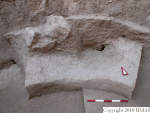| |
|
|
|
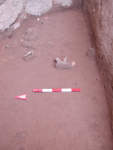 v161 |
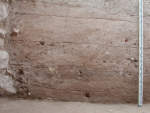 v163 |
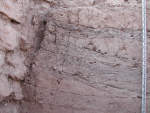 v163a |
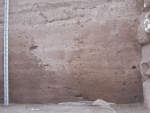 v164i |
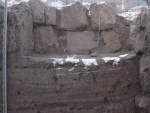 v164j |
|
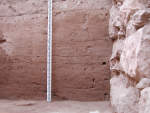 v163f |
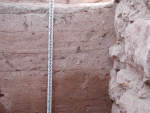 v163g |
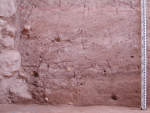 v164 |
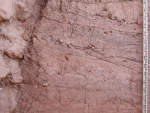 v164a |
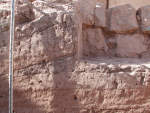 v163e |
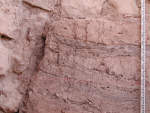 v164b |
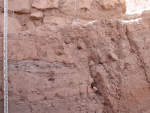 v164e |
|
|
|
| |
|
|
|
| |
|
|
|
| |
|
|
|
| |
|
|
|
| |
|
|
|
| |
|
|
|
| |
|
|
|
| |
|
|
|
| |
|
|
|
| |
|
|
|
| |
|
|
|
| |
|
|
|
| |
|
|
|
| |
|
|
|
| |
|
|
|
| |
|
 v225a |
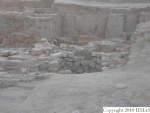 v286 |
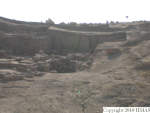 v286a |
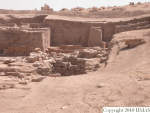 v286b |
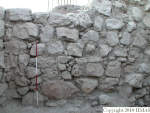 v287 |
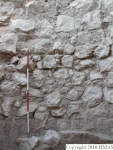 v288 |
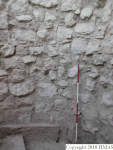 v289 |
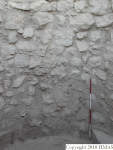 v290 |
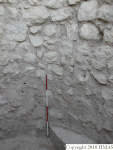 v291 |
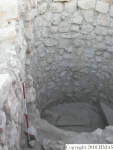 v292 |
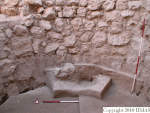 v282 |
|||
